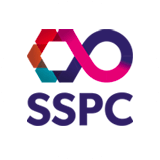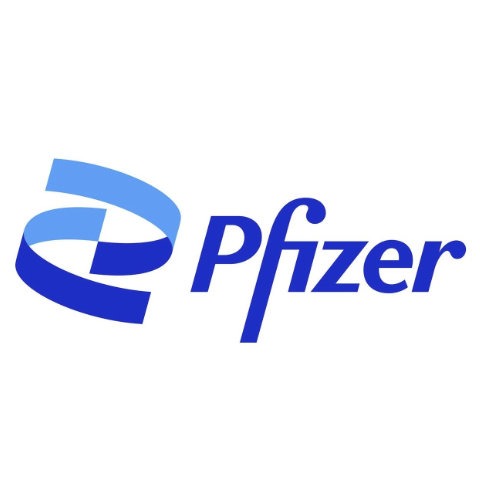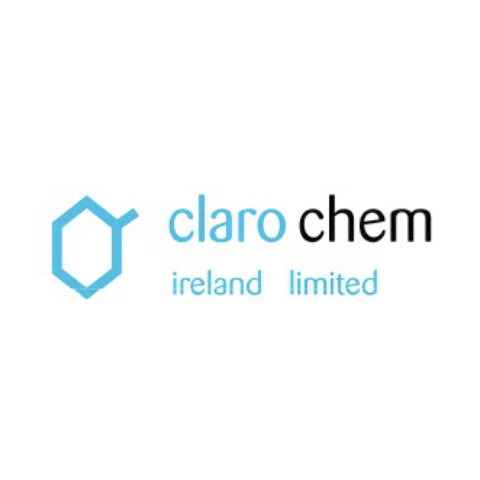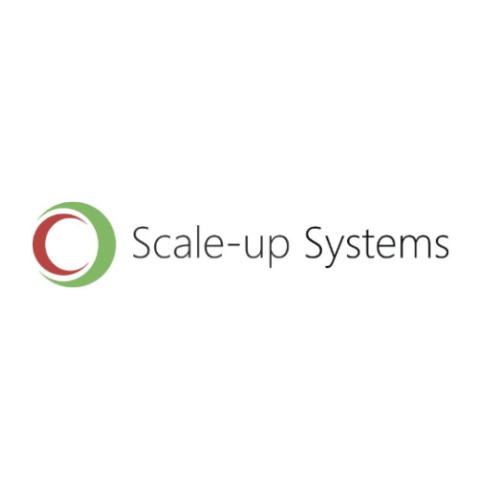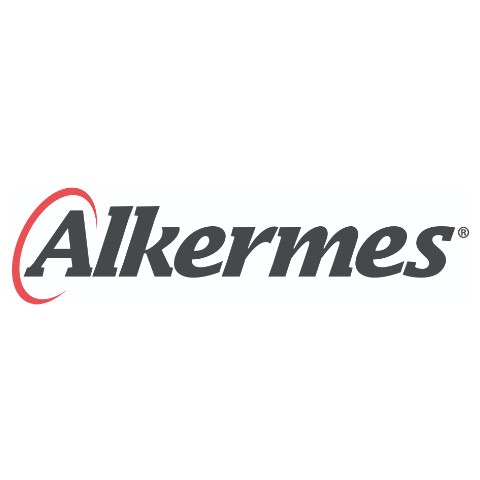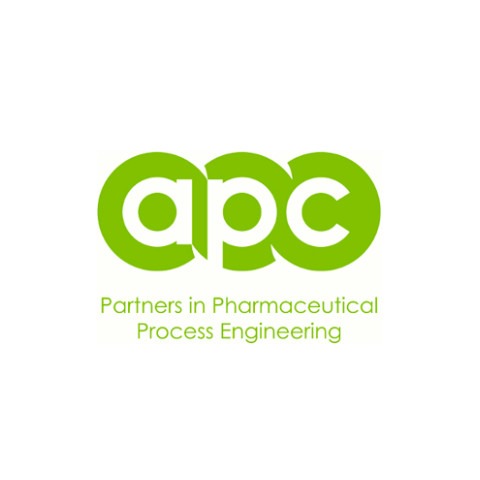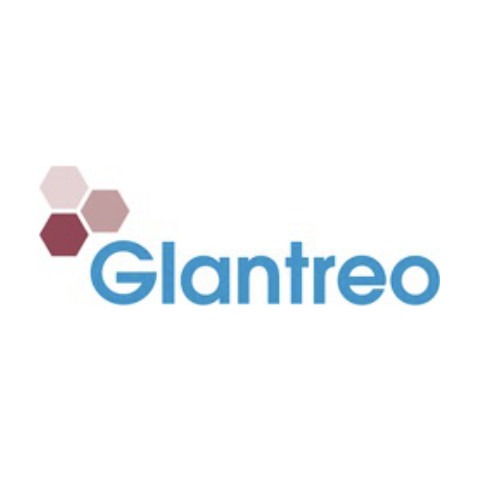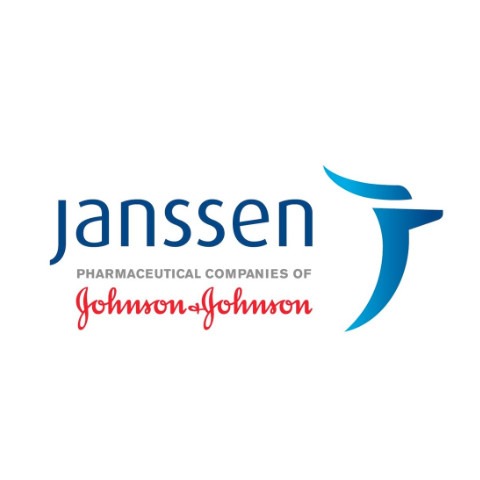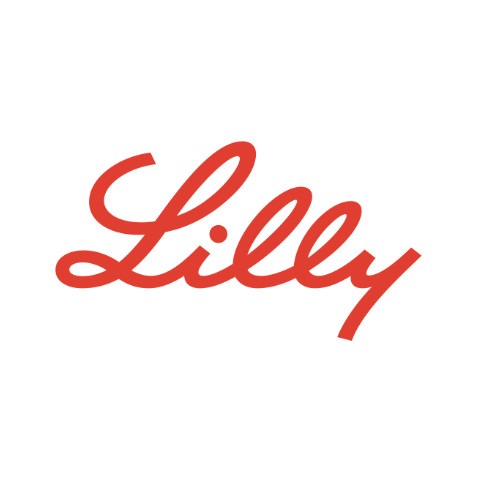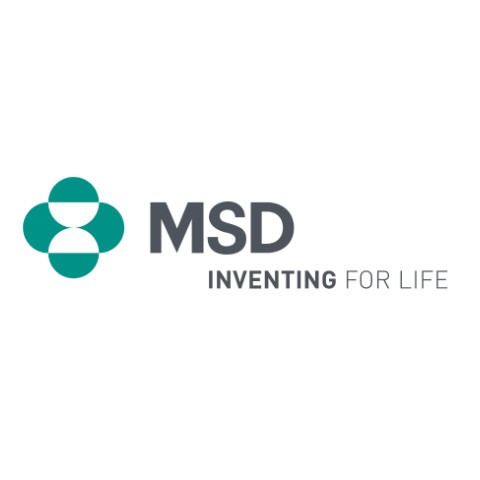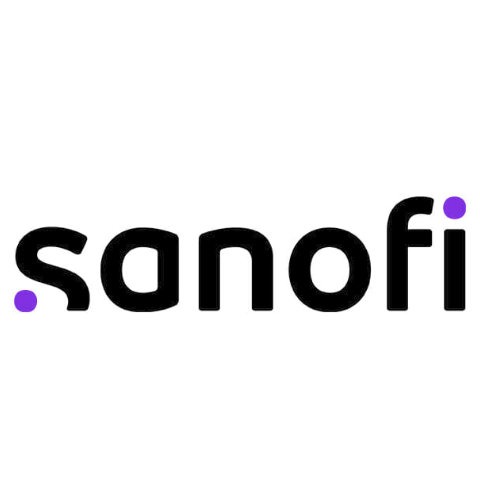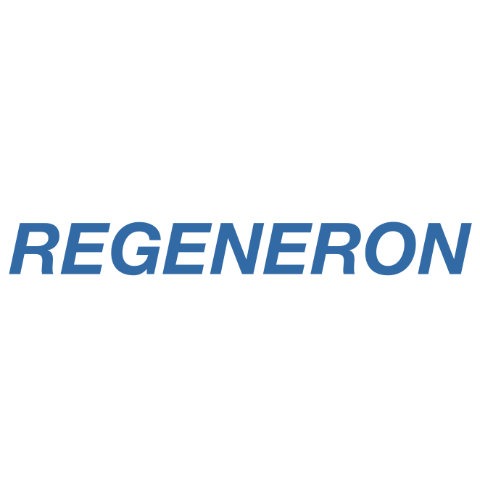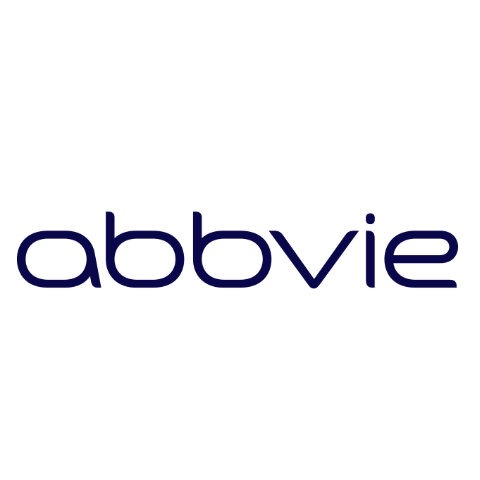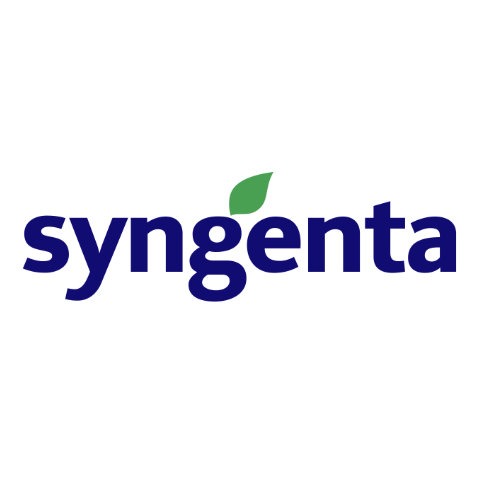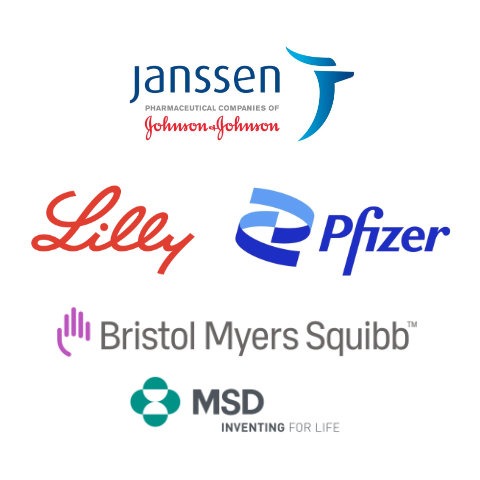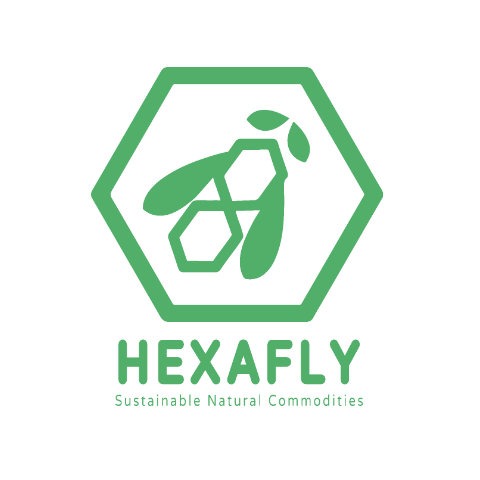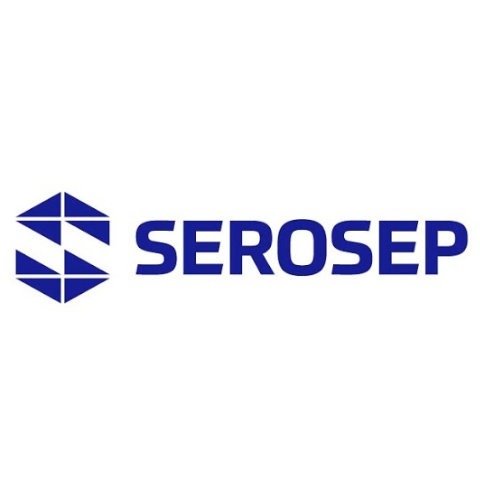Medicine Maker is a hands-on public engagement workshop that provides audiences with the opportunity to “manufacture” and inspect the quality of proxy or “dummy” medicine through guided inquiry. Formal and informal feedback from participants indicates that the workshop can help foster a more critical understanding of medicine manufacturing, quality control, and personal health.
In July of 2019, we applied for the SFI Science Week Funding Call. Science week is a national campaign that takes place during November of each year, and the call for funding is open to small scale events as well as large scale festivals. The total funding awarded for the workshop was €2650, and these funds were used to cover the cost of equipment and travel to participants throughout the week.
The core educational objective of the Medicine Maker workshop is to promote health literacy through hands on and active engagement. In achieving this, we ask participants to use and operate a capsule filling plate to make dummy capsules as a way to parlay into discussions around pharmaceutical manufacturing, quality control of medicines, and pharmacovigilance.
The learning challenge is making dummy capsules that will pass simple quality control tests. The purpose of introducing the topic of quality control is to support discussion around how pharmaceutical companies ensure that all medicine they
produce have the same composition. With any medicine, the end user places a high level of trust in the manufacturer. A key objective of the workshop is that audiences recognize the important connection between the manufacturer, broader society, and regulatory bodies.
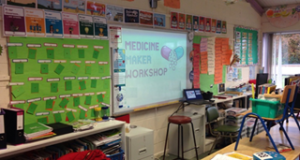
Description of Impact
To date, 99% of participants have indicated that they learned something useful from the workshop. On a scale of 1 – 5, the average rating for the workshop is 4.9. Broadly, participants learned about the importance of quality control, the composition of medicine, how medicines are made, and to only take prescribed medication from a doctor. Survey answers indicate the potential of the workshop to promote basic health literacy. One participant commented, “even though a tablet may look real, it does not mean it’s safe”, while another noted “pills are made very easily and that if you buy from someone who is not a doctor, it could be filled with anything.” The data also indicates that participants take onboard the personal health safety messages embedded within the workshop. When asked about the “best thing about the workshop”, participants indicated that the hands-on inquiry aspects of the workshop were fun and enjoyable. Many participants noted that “making the capsules” was the best part of the workshop. A key word that continually emerged was “satisfaction”. Participants enjoyed how all the equipment aligned to form their final product. Finally, participants were asked about the “worst thing about the workshop”. The majority of responses indicated that “nothing” was wrong with the workshop, whereas other responses proved more valuable and aligned with the experiences of the instructors. Three categories are closely interlinked, namely, “need for precision”, “not enough time”, and “too challenging”. All of these categories relate directly to the inquiry section in which participants are asked to fill the capsules without instructions and only the guidance that they must be the same and contain both excipient and API. One participant noted, “it was very hard to get the tablets equal.” The fact that some participants found the task difficult directly aligns with the goal of the inquiry section. The lesson being that making real medicine is difficult and requires stringent standards.
On the basis of the feedback as a whole, we believe that Medicine Maker provides a good model for teaching and learning about medicine. Although the workshop provides a cautionary tale pertaining to medicinal manufacture and personal health, the guided inquiry approach makes the topic more accessible for a wide range of participants.
Evidence of Impact
The results of a pilot of the workshop were published in 2022. The paper has been viewed over 3000 times and cited 3 times.
Medicine maker: an outreach activity for pharmaceutical manufacturing and health literacy. McHugh, M., Hayes, S., Tajber, L., & Ryan, L. (2022). Journal of chemical education, 99(3), 1231-1237. 10.1021/acs.jchemed.1c00915
Including said pilot, the Medicine Maker workshop has been implemented a total of 25 times. Audiences have included primary schools, secondary schools, active retirement groups, teachers and researchers (Irish and European). Impact has emerged from SSPC researchers implementing a combination of reflection and exit cards informed by science capital. Exit cards are short deductive surveys originating from their use in classrooms. They are ideal for evaluating the opinions of participants given that they are easy to comprehend and answer. Moreover, they are an unobtrusive and safe way for participants to voice their opinion anonymously. Approximately 400 of these surveys have enabled SSPC to quickly garner important impacts in a robust and valid manner.
Research References
1. Understanding and responding to health literacy as a social determinant of health. Nutbeam, D., & Lloyd, J. E. 2021. Annual Review of Public Health.
2. Addressing immediate public coronavirus (COVID-19) concerns through social media: Utilizing Reddit’s AMA as a framework for Public Engagement with Science. Lai D, Wang D, Calvano J, Raja A.S. & He, S. 2020. PLoS ONE.
3. Societal Debates About Emerging Genetic Technologies: Toward a Science of Public Engagement. Wirz, C. D, Dietram A. Scheufele, D. A & Brossard, D. 2020. Environmental Communication.
4. Anchoring Ocean Literacy: Participatory iBook Design within Secondary Science Classrooms. McHugh, M., McCauley & V., Davison, K. 2020. Technology Pedagogy and Education.
5. Social media for dissemination and public engagement in neurosurgery—the example of Brainbook. Alamri, A., Rogers, P., Kearns, C., Doke, T., Al-Habib, A., Servadei, F., … & Uff, C. 2019. Acta neurochirurgica.
6. Make a molecule: A synthetic organic and medicinal chemistry workshop program for high school students. Stepek, I. A., Hofmann, R., Nichols, P. L., Aschwanden, A., Eckard, C., Aschwanden, P., & Bode, J. W. 2019. Journal of Chemical Education.
7. Paediatric use of medications and adherence apps: a qualitative analysis of the perspectives of children and parents. Abraham, O., Wytiaz, R. M., & Feathers, A. M. 2019. Journal of Pharmacy Practice and Research.
8. Spectroscopy in a Suitcase: A model for a national chemistry education and public engagement programme in Ireland. O’Donoghue, J. 2019, Filodiritto Editore – New Perspectives in Science Education Conference Proceedings, Italy.
9. Adolescent health literacy and health behaviors: A systematic review. Fleary, S. A., Joseph, P., & Pappagianopoulos, J. E. 2018. Journal of Adolescence.
10. Plants in Medicine: An Integrated Lab–Lecture Project for Nonscience Majors, Neuman, A. W., & Harmon, B. B. 2018. Journal of Chemical Education.
11. Wicked policy issues in regenerative medicine and the need to explore new avenues for public engagement. Zarzeczny, A., & McNutt, K. Future Medicine. 2017, 12(7), 749-752
12. Antibiotic resistance awareness: a public engagement approach for all pharmacists. Allison, D. G., Higginson, P., & Martin, S. 2017. International Journal of Pharmacy Practice.
13. Chemistry and art in a bag: an easy-to-implement outreach activity making and painting with a copper-based pigment. Gaquere-Parker, A. C., Doles, N. A., & Parker, C. D. 2016. Journal of Chemical Education.
14. Making the leap to teacher: Pre-service residents, faculty, and school mentors taking on action research together in an urban teacher residency program. Klein, E. J., Taylor, M., Monteiro, A. K., Romney, W., Scipio, M., Diaz, A., … Poole, S. 2015. Networks.
15. Public engagement workshop: how to improve medicines for older people? Orlu-Gul, M., Raimi-Abraham, B., Jamieson, E., Wei, L., Murray, M., Stawarz, K., … & Smith, F. J. 2014. International journal of pharmaceutics.
16. “The European health literacy survey: results from Ireland“. Doyle, G., Cafferkey, K. & Fullam, J. 2012. University College Dublin: HLS EU.
17. Health literacy and public health: A systematic review and integration of definitions and models. Sorensen, K., Broucke, S. V. D., Fullam, J., Doyle, G., Pelikan, J., Slonska, Z., Brand, H., et al. BMC Public Health.
18. Is mathematics to blame? An investigation into high school students’ difficulty in performing calculations in chemistry. Scott, F. J. 2012. Chemistry Education Research and Practice.
19. Exit tickets: The reflective ticket to understanding. Owen, D., & Sarles, P. 2012. Library Media Connection.
20. Design and Evaluation of a “Pharmacists in Schools” Community Outreach Programme: A Pilot Study. Donnelly, R. F., McCague, P. J., McPhillips, H., Graham, G., Belaid, L., Barry, J., & McElnay, J. C. 2010. Pharmacy Education.
21. Understanding the health literacy of America results of the national assessment of adult literacy. Cutilli, C. C., & Bennett, I. M. 2009. Orthopaedic nursing/National Association of Orthopaedic Nurses.
22. The Health Literacy of America’s Adults: Results from the 2003 National Assessment of Adult Literacy. Kutner, M., Greenburg, E., Jin, Y., & Paulsen, C. 2006 National Center for Education Statistics.
23. ‘Overview of problem-based learning: Definitions and distinctions’. Savery, J. R. 2006. Interdisciplinary journal of problem-based Learning (IJBPL)
24. An investigation of Irish Students’ Attitudes to Chemistry: The Promotion of Chemistry in Schools Project. Regan, E., & Childs, P. 2003. Chemistry Education Research and Practice.
